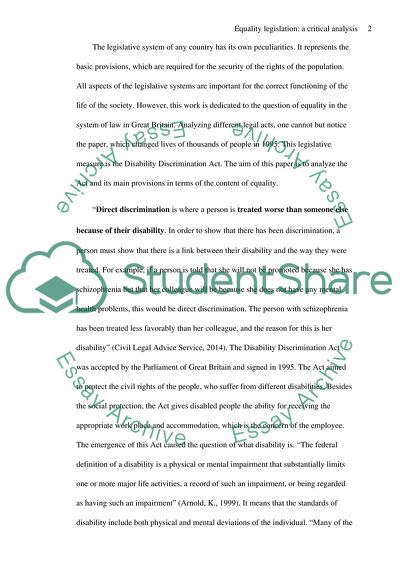Cite this document
(Equality Legislation: A Critical Analysis Coursework, n.d.)
Equality Legislation: A Critical Analysis Coursework. https://studentshare.org/law/1843614-a-critical-analysis-of-a-piece-of-equality-legislation-or-equality-and-diversity-practice
Equality Legislation: A Critical Analysis Coursework. https://studentshare.org/law/1843614-a-critical-analysis-of-a-piece-of-equality-legislation-or-equality-and-diversity-practice
(Equality Legislation: A Critical Analysis Coursework)
Equality Legislation: A Critical Analysis Coursework. https://studentshare.org/law/1843614-a-critical-analysis-of-a-piece-of-equality-legislation-or-equality-and-diversity-practice.
Equality Legislation: A Critical Analysis Coursework. https://studentshare.org/law/1843614-a-critical-analysis-of-a-piece-of-equality-legislation-or-equality-and-diversity-practice.
“Equality Legislation: A Critical Analysis Coursework”. https://studentshare.org/law/1843614-a-critical-analysis-of-a-piece-of-equality-legislation-or-equality-and-diversity-practice.


